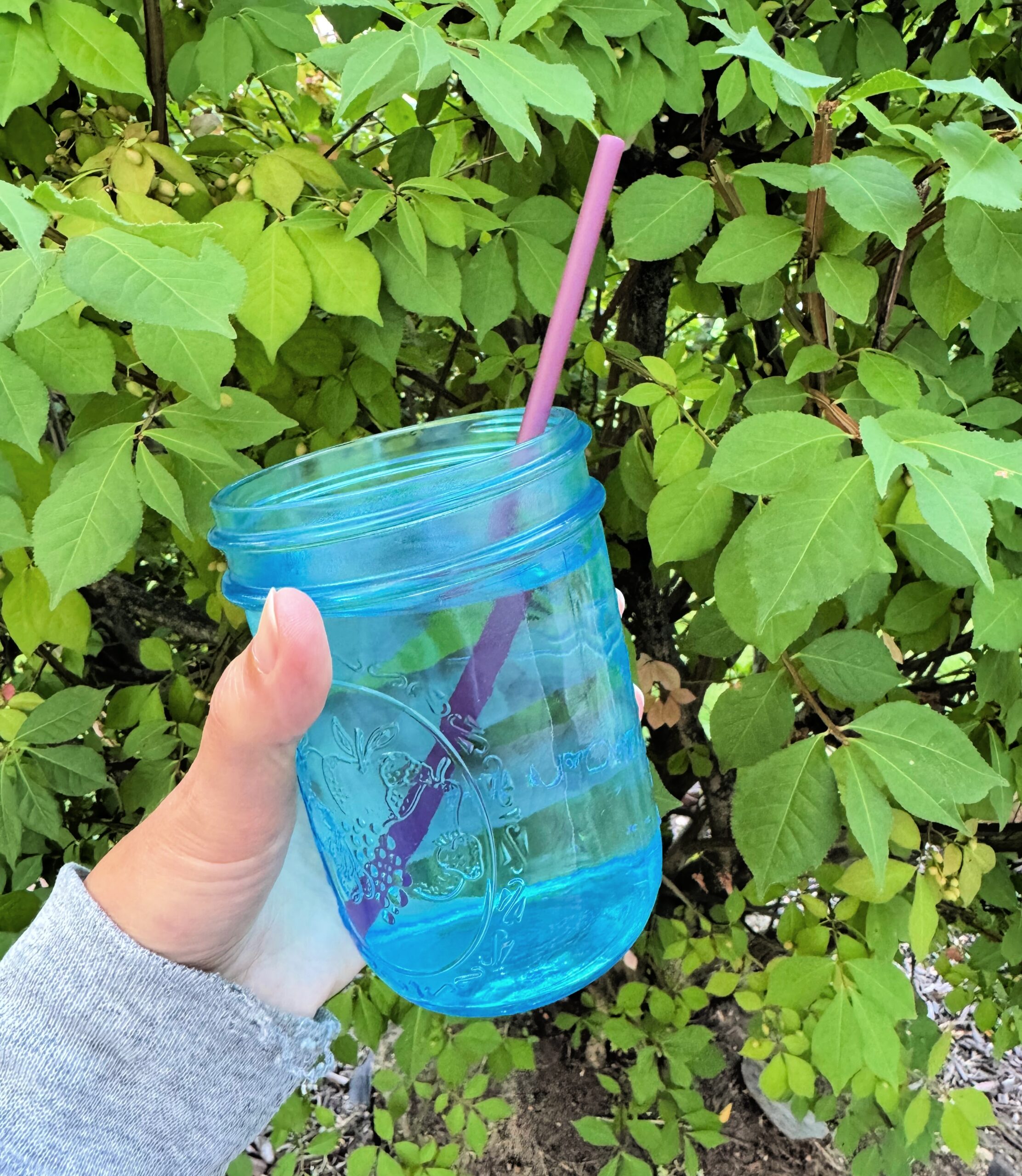Teaching kids about water conservation isn’t just about saving money—it’s about raising thoughtful humans who understand their impact. Water is a limited resource, and helping children grasp that early on sets them up to be stewards of the environment. It also directly affects their lives: lower water bills, fewer plumbing issues, and a sense that their small actions matter.
Conserving water isn’t just a utility issue—it’s character-building. When kids learn to conserve, they’re not just saving drops; they’re learning empathy, foresight, and respect for shared resources. It’s like teaching them not to take the last cookie without asking. These are values that go way beyond the faucet.

What Can Kids Do To Conserve Water?
Water waste often hides in plain sight. Kids might linger in the shower, leave the tap running while brushing their teeth, or treat the toilet like a toy button. These aren’t just habits—they reflect a mindset that water is limitless.
The truth? Water isn’t infinite. According to the World Health Organization, by 2025, half of the world’s population will be living in water-stressed areas. In the U.S., the average family can waste 180 gallons per week from household leaks alone. Kids need to see that water is precious, not just part of the background noise of modern life.
Instead of focusing on blame, spotlight the patterns. Let kids be the ones to notice and improve. When they see water waste as a problem they can solve, conservation becomes a mission, not a lecture.
Plumbing as a Teaching Tool
Smart plumbing upgrades can do the heavy lifting for you. Low-flow faucets and showerheads save water without sacrificing performance. Dual-flush toilets offer choices. Touchless fixtures help kids avoid leaving taps running. Faucet lights that shift from blue to red visually show how long we wait for hot water—and how much we waste.
These tools aren’t just functional—they quietly enforce better behavior. A dual-flush toilet doesn’t need to nag, and a faucet aerator turns down the flow without making a fuss. That’s stealth parenting.
Ways To Conserve Water For Kids: Bathroom
The bathroom is where little changes make a big impact. Try:
- Turning off the tap while brushing teeth (use a cup instead)
- Using a 5-minute shower timer (sand timers or waterproof hourglasses work great)
- Following a “one flush per use” rule
- Shutting the tap completely after washing hands (listen for drips!)
Want to make it fun? Assign roles: “Captain Quick Shower” gets to set a playlist (three songs max). “Tap Ninja” shuts off the faucet mid-brush. Leave a post-it above the flush handle: “One flush = one fish saved.”
Ways To Conserve Water For Kids: Kitchen
Kitchen water waste sneaks up fast. Try these habits: scrape plates before rinsing, run the dishwasher only when full, collect water while it heats and use it for plants, measure water when boiling or rinsing—make it a math game.
Put your child in charge as the “Water Manager” during meal prep. Can dinner be made using under one cup of rinse water? They’ll love the challenge.
Plumbing For Kids: Upgrades That Help Make Water Conservation Easier
Help conservation feel effortless with upgrades like:
- Touchless faucets = hygiene + no left-on taps
- Faucet aerators = water savings + fun-to-watch bubbles
- Leak detectors with alarms = real-time feedback
- Temperature-sensing faucet lights = visual learning
These aren’t just gadgets—they’re engagement tools. Bonus: kids love pressing buttons, watching lights, and playing detective.
Water Conservation Games
Make it a mission, not a chore:
- Sticker charts for completed tasks
- “Water Saver of the Week” awards
- Family challenges: shortest shower, most leaks found
- “Water Credits” for reporting drips or skipping extra flushes
- Track usage on a whiteboard and celebrate streaks
- “Water Audit Night” with flashlights and a checklist
- DIY projects like rain gauges or conservation-themed bathroom signs
Make it part of the routine, like bedtime stories or brushing teeth. Rituals stick. Rules don’t.
Teach Kids to Be Plumbing Scouts
Empower kids to notice what adults might miss. Teach them to spot dripping faucets, toilets that keep running, puddles near sinks or appliances, strange gurgling or hissing sounds.
Give them titles like “Leak Listener” or “Drip Detective.” Turn it into a mission. If the toilet keeps whispering? Report it. If the faucet cries after use? Sound the alarm. Kids are observant by nature. This gives them a purpose.
Talking About the Bigger Picture
Keep it simple. Water is like a juice box—once it’s gone, it’s gone. Some people have to walk miles for clean water. That makes our clean, running water a gift worth protecting.
Focus on kindness. Say, “Saving water helps others and the planet.” Avoid doom and gloom. Use visual metaphors: “Imagine the world shares one big water bottle—if we all take too much, there won’t be enough left.”
In one school in Arizona, a fifth-grade class reduced their school’s daily water usage by 12% after starting a “water guardians” program. They used posters, daily announcements, and buddy checks after bathroom breaks. If 10-year-olds can make that kind of difference, so can yours.
Water Conservation For Kids: Get Involved NOW
Give your kid one job: turn off the tap while brushing and tell you if anyone forgets. Make it a game: “You’re the Water Watcher now.”
Or give them a flashlight and a mission: “Find any drips or puddles in the house.” Add a badge, a thank-you, or a bedtime shoutout. That’s all it takes to flip the switch from passive to proactive.
And once that habit is in place? You’ll be amazed at what they notice next.


Leave A Comment